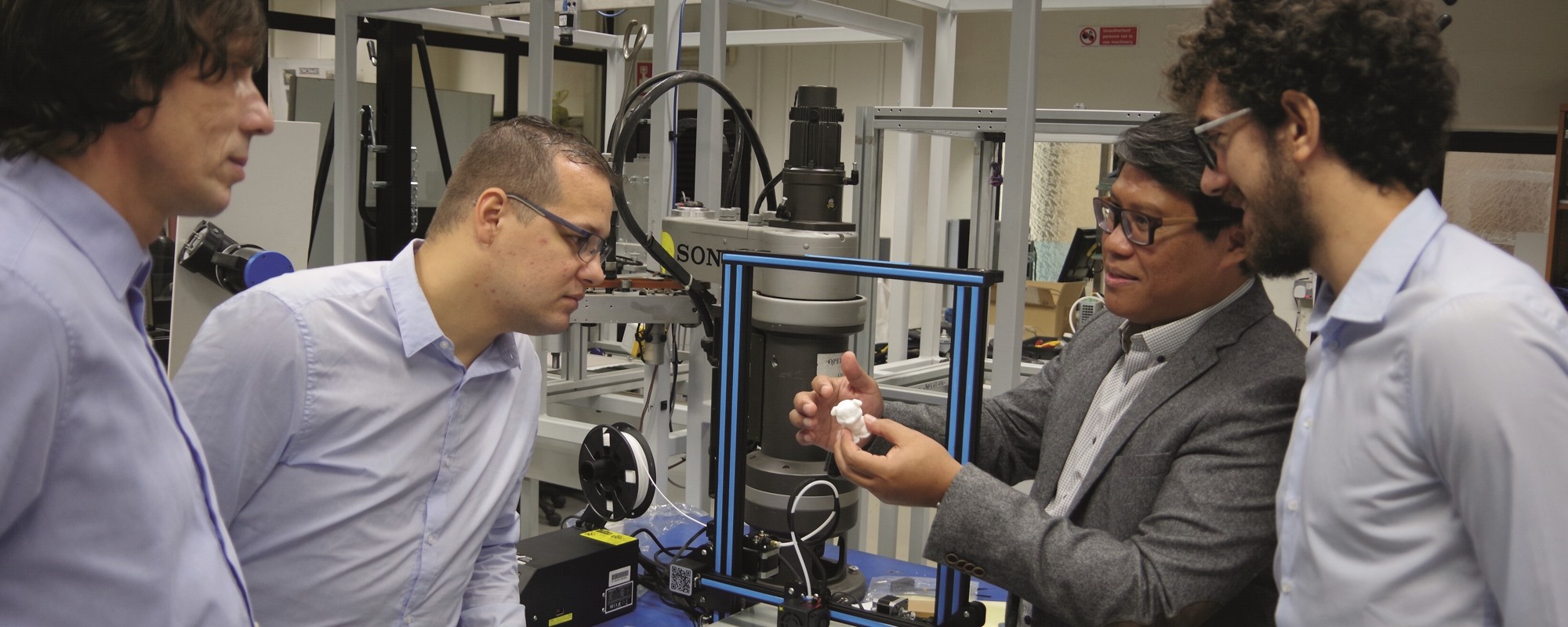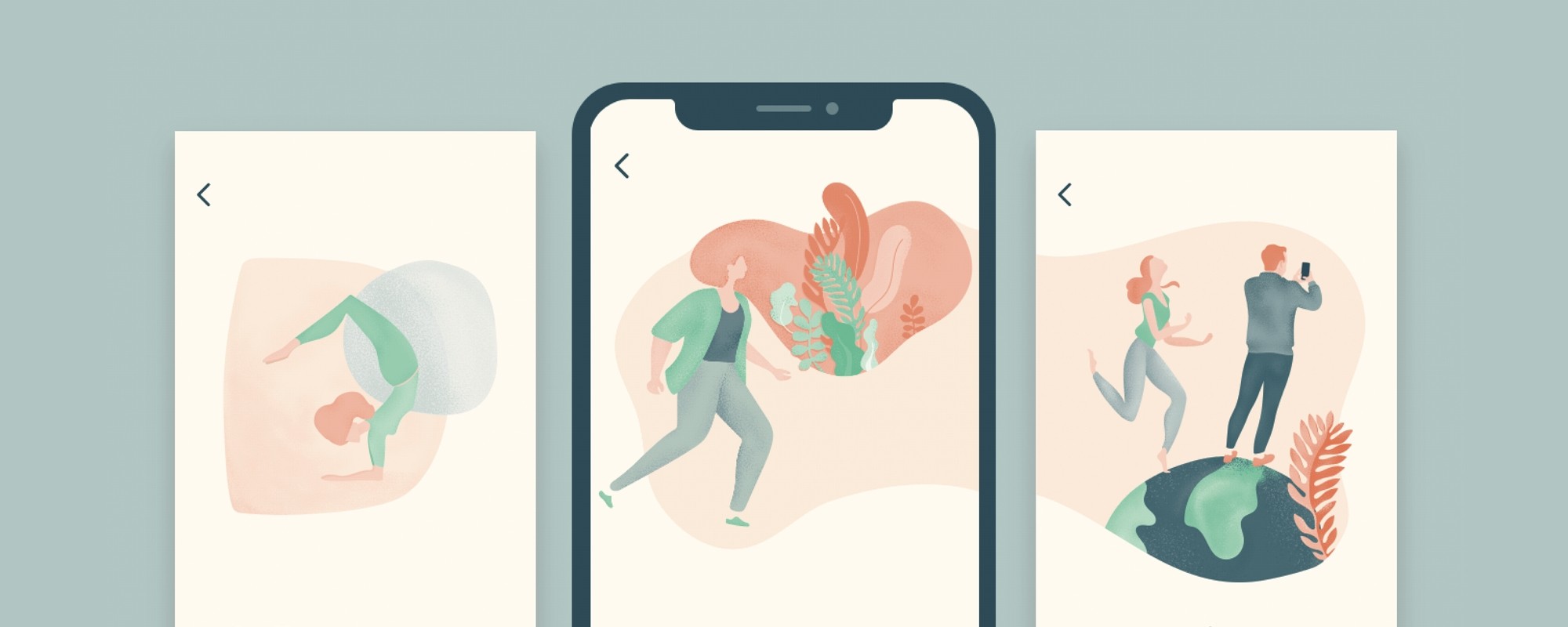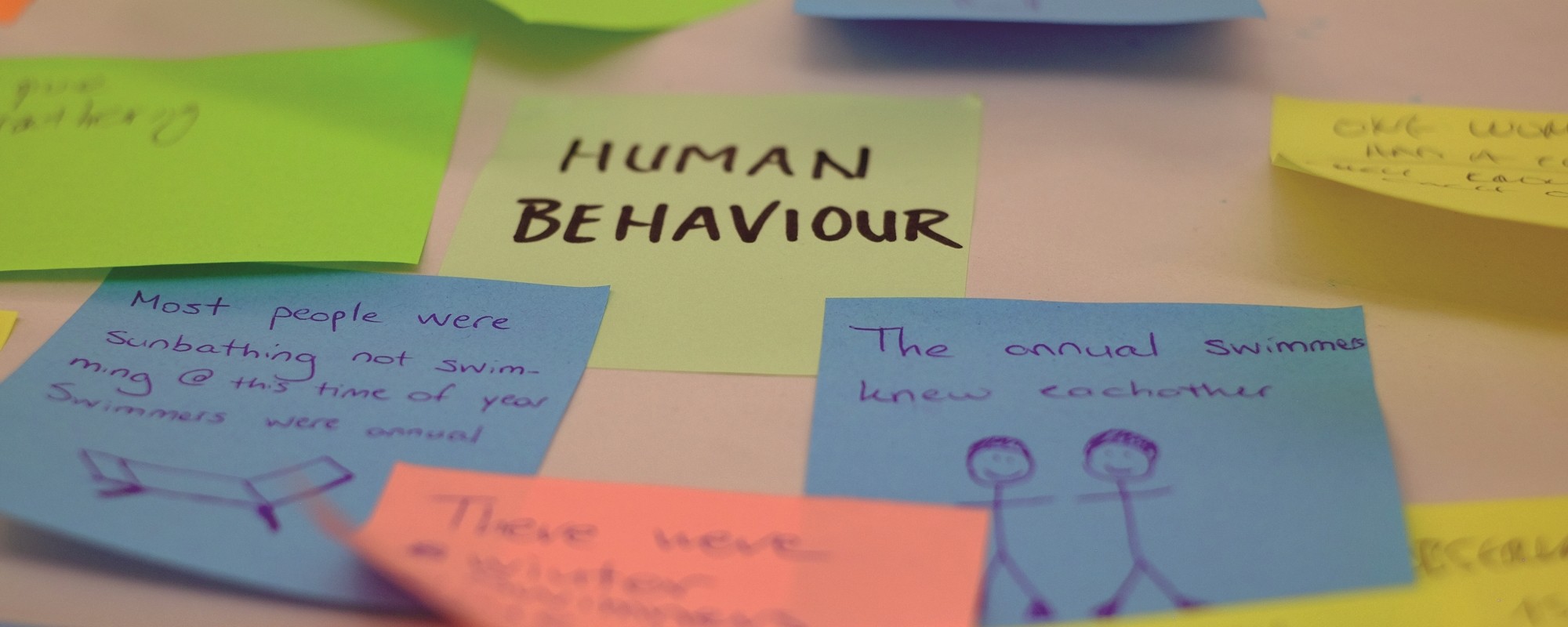fused filament fabrication, laser, Laser Engineering and Development Ltd., 3D printing, Iren Bencze, Gabor Molnar, Arif Rochman
Continue readingLiving in Maltese
A new European Commission tool facilitates easy and accurate translation between English and Maltese. Author and translator Mark Vella is tirelessly promoting this translation product. He speaks to Teodor Reljic about how the Maltese language and its literary heritage has defined his life and career from graduation onwards.
Continue readingKeep Calm and Factor This
Author: Malcolm Pace
People suffering from haemophilia, an inherited disorder, will bleed for much longer after an injury, bruise easily, and risk internal bleeding in joints or brain. This is a widely studied condition with unique variations in the disorder to Malta. While pursuing an M.Sc. in Applied Biomedical Science, I have profiled and found the contributing genes in all Maltese patients and compared them to patients abroad.
Continue readingI, in the Sky
Author: Andrea Francesca Bellia
This summer, I was fortunate to experience the rigorous process of academic research and publishing. Under the supervision of Dr Sandro Lanfranco, I examined the efficiency of using a drone to obtain large-scale vegetation maps, which resulted in a paper in the journal Xjenza Online. The study shows how influential technology has become, even in traditionally ‘low-tech’ fields like ecology.
Continue readingAllow yourself to get lost
Author: Maria Elena Galea
In the fast-paced world of today, the word ‘slow’ often conjures negative feelings. When on holiday, many people rush attractions, taking snapshots to create proof of their visit for social media. In Malta, popular tourist apps guide visitors to overcrowded beaches, while there are a lot of small villages that tourists never discover. As a passionate traveller, I chose to integrate the concept of slow living into my dissertation and explore how user interface design can help people appreciate the place they are visiting.
Continue readingLights, camera, activism
Author: Raisa Galea
In 2019, hardly anyone personifies activism more conspicuously than Greta Thunberg. Since August 2018, the teenager’s solitary calls for climate action have inspired millions of people to follow her example and take to the streets. The resulting wave of climate strikes is every activist’s dream come true: inspiring a mass movement to support a cause, passing on the flame of resistance, stirring the power of a democratic collective. What can we learn from this phenomenon?
Continue readingWhere Archaeology, Physics, and Artificial Intelligence Meet
Author: Dr Marc Tanti
Ancient Egypt is famous for the mummies of Pharaohs, but did you know that there are many mummified animals? Studying them offers scientists a wealth of knowledge on the method and motivation behind this practice. But mummies are fragile artefacts, and museum curators don’t generally appreciate archaeologists dissecting their specimens. To get around this, X-rays help researchers peek inside the mummies without damaging them.
After finishing my Ph.D. in artificial intelligence, I started working as a research support officer at the University of Malta on a collaborative project with archaeologists at the European Synchrotron Radiation Facility (ESRF), a research institute in France. These archaeologists are studying animal mummies from museum collections, such as the Museum of Grenoble, in order to learn about their structure. This institute is better known for its particle accelerator, which sets electrons flying at nearly the speed of light to understand the shape of drugs and other molecules. So, what’s the link with mummies?
Continue readingSteam, Ships, and Emissions
Author: Chris Styles
On one of the highest spots in Gozo there proudly stands a lighthouse. Built in 1840, it continues to warn nearby ships away from the shallows. After a long night shift, the lighthouse has another crucial role to play. A team of researchers from the University of Malta, led by Prof. Raymond Ellul, has converted this historic piece of Malta’s heritage into a remote laboratory.
Continue readingDesigning success
Author: Daniela Quacinella
Picture the following. You are a museum director or curator who wants more locals in your space. You are confident that your next art event will attract them: a prestigious artist from London, a series of exciting talks… You are certain it will be a success, because your passion and knowledge are behind this activity. On the day, as you stand near the entrance with excitement tingling across your fingertips, you slowly begin to despair. Despite a great marketing campaign, the local residents congregate anywhere but the museum. What went wrong?
Continue readingDiscover the other side
Author: Emma Clarke
Featuring books, comics, graphic novels, movie posters, and magazines, The Other Side is an exhibition that celebrates the bizarre and unearthly. Each room is dedicated to a genre (sci-fi, horror, or gothic fiction), particular character, or prominent author.
Continue reading









